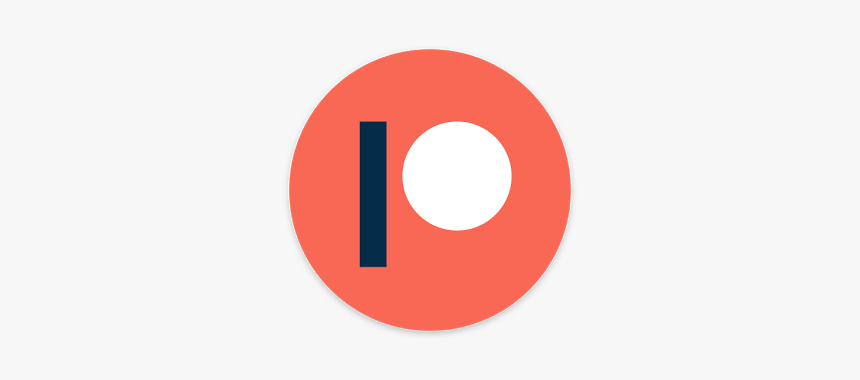One way for content creators to capitalize on their creations or knowledge is to go to Patreon. It is a crowdfunding platform where content creators receive cash donations, often in the form of monthly payments (something like a salary). We tell what kind of platform it is, as well as how and how much specialists earn on it.
What is Patreon?
Patreon is a crowdfunding platform founded by American musician Jack Conti in 2013. He recorded covers of famous tracks and at first tried to make money on this on YouTube, but he didn’t get a lot of money for advertising. Then he and developer Sam Yam created a platform where patron users pay for content creators. A variety of professionals make money in this way here: artists, video bloggers, musicians, cosplayers, designers, programmers, game developers and even authors of erotic photos.
Patrons can subscribe to the author’s work, paying him a certain amount every month. In addition, the creators can ask patrons for one-time payments for certain purposes, promise them various bonuses: early access to the game, a question/answer session, etc. Patreon is a fairly popular platform, according to TechCrunch, about 3 million patrons pay 100,000 authors about half a billion dollars a year. And by the end of 2019, this figure may exceed a billion. Patreon logo is famous all around the world. The most popular user of the site, the Chapo Trap House podcast receives about $ 130,000 monthly from subscribers.
Stories of professionals who make money on Patreon
What content do you post there? Exactly the same as on your YouTube channel: training videos about 10-15 minutes long, focused on one specific topic. At the same time, the video on Patreon is a “long game”. If on courses I have to give content that is applicable “here and now”, then Patreon is a place where I can speculate, share some architectural issues, the benefits of covering which, undoubtedly there is, but it is felt precisely at a long distance.
In order to place deeper text content: not everything fits well with the video format. However, here we are already faced with the nuances of the platform: it is more focused on designers and similar people, there is no corny code highlighting, etc. We need to build our own platform, where Patreon will be a payment gate. My patrons get the following benefits:
- Subscribers receive content 3 months earlier than YouTube.
- Subscribers can set the tone for the discussion, telling them what topics they would be interested in listening to, giving feedback in a separate chat for patrons.
- Chatting for 200 paying people is much more pleasant: there are no random people, there are no simple questions, the answers to which can be found in Google.
Money and bonuses
The account brings in about $ 2700 per month. From non-monetary bonuses: since all content goes to YouTube, the channel began to grow (now there are about 12,000 subscribers and all of this is organic), and, as a result, they started calling at the conference precisely because “our members say they are watching your videos”.
Cons: content from Patreon is systematically pirated. I am not against piracy as a phenomenon (people who are not ready to pay $ 10 – this is the price per month for access to 80% of the content – not my target audience). However, I feel an acute dislike when content is not shared with others, but hidden behind a “paid subscription”.


